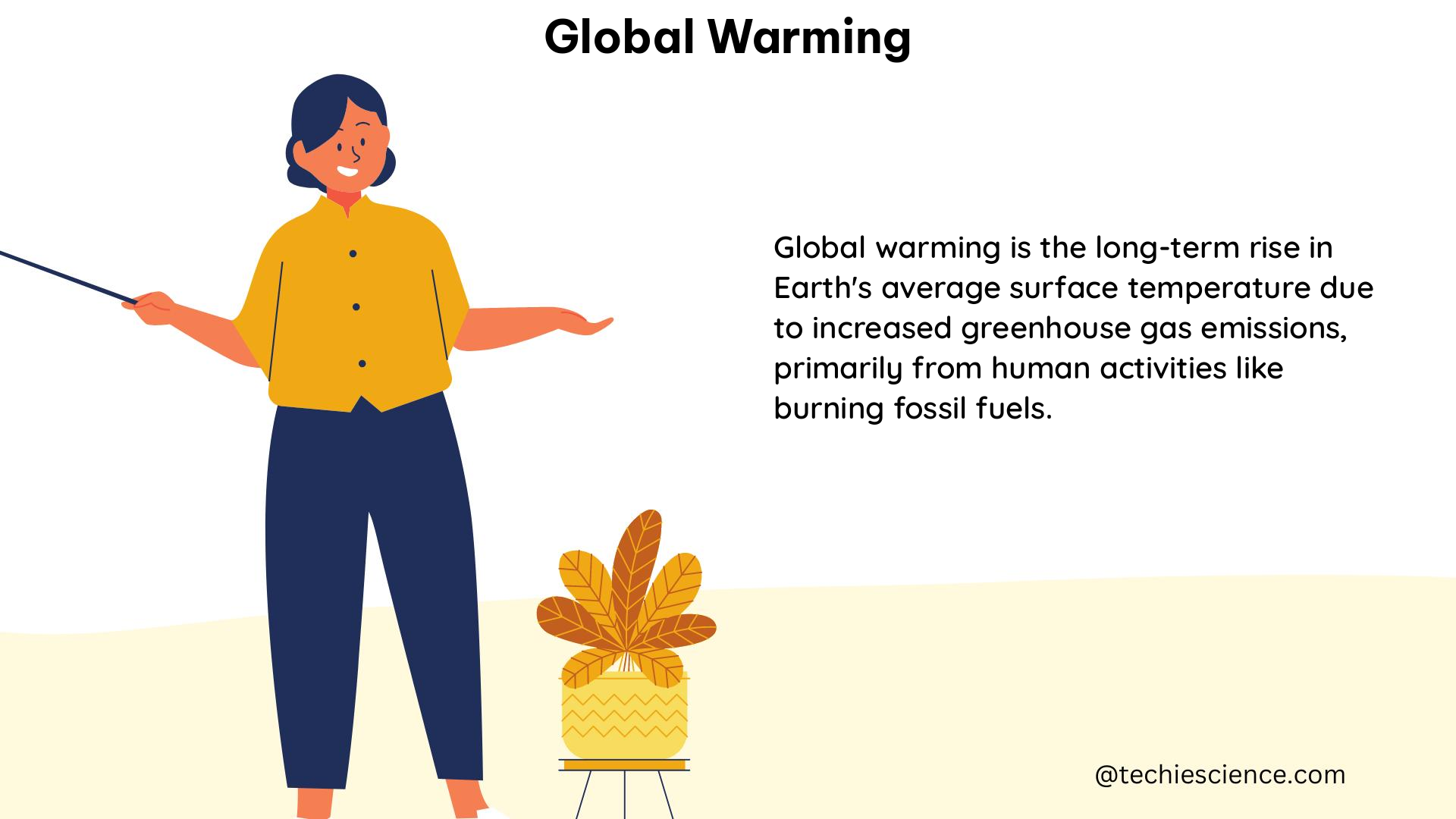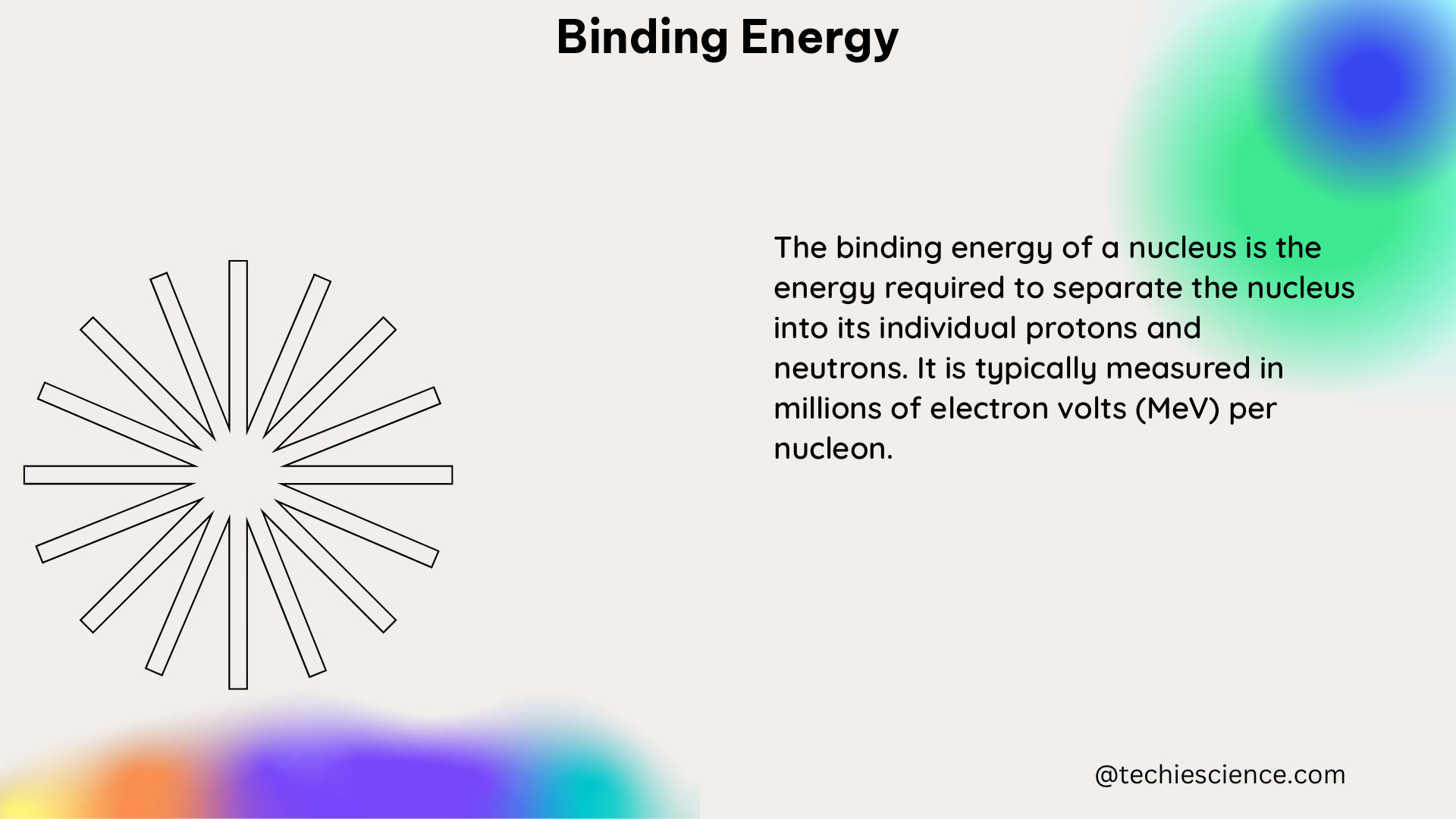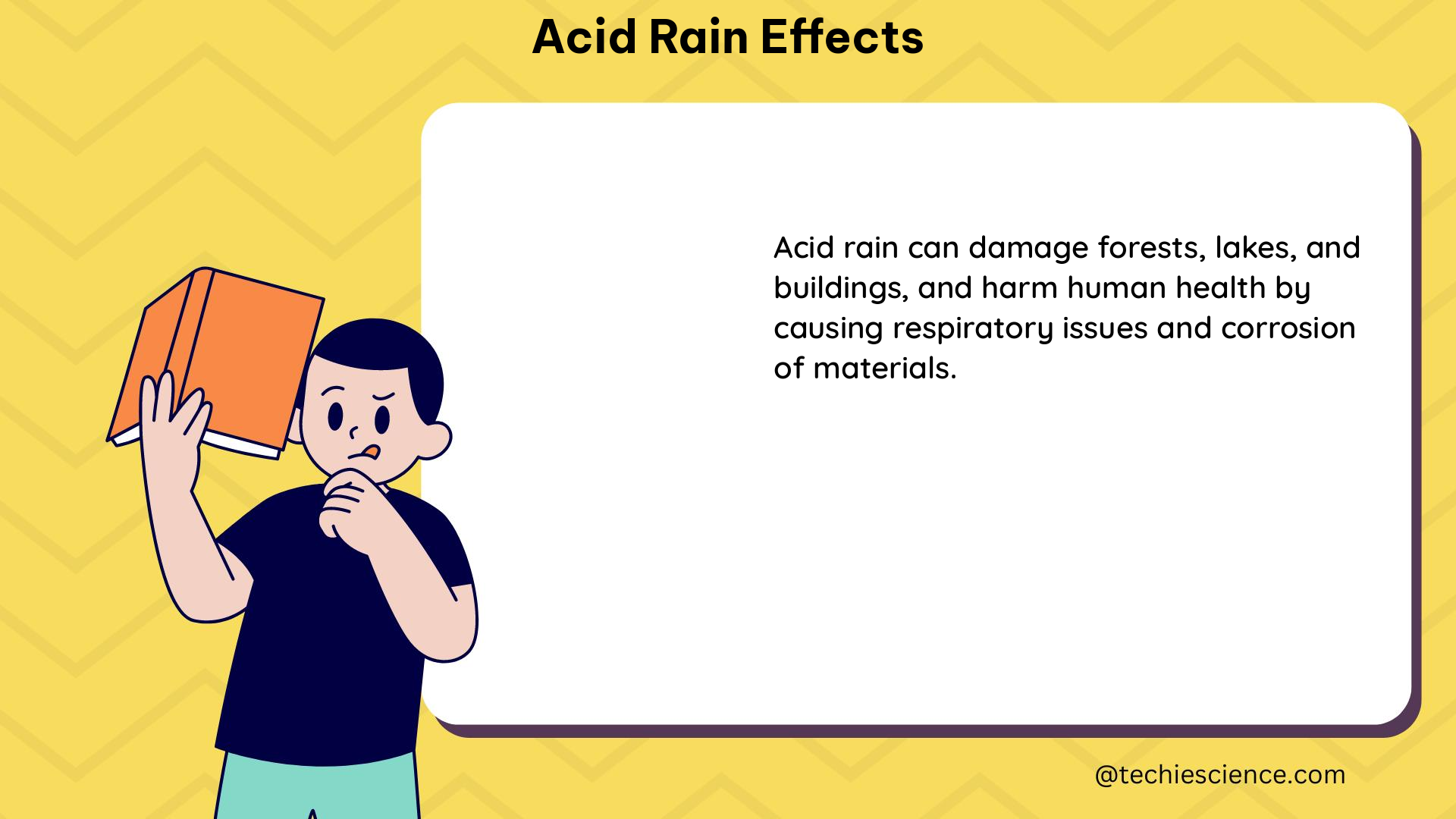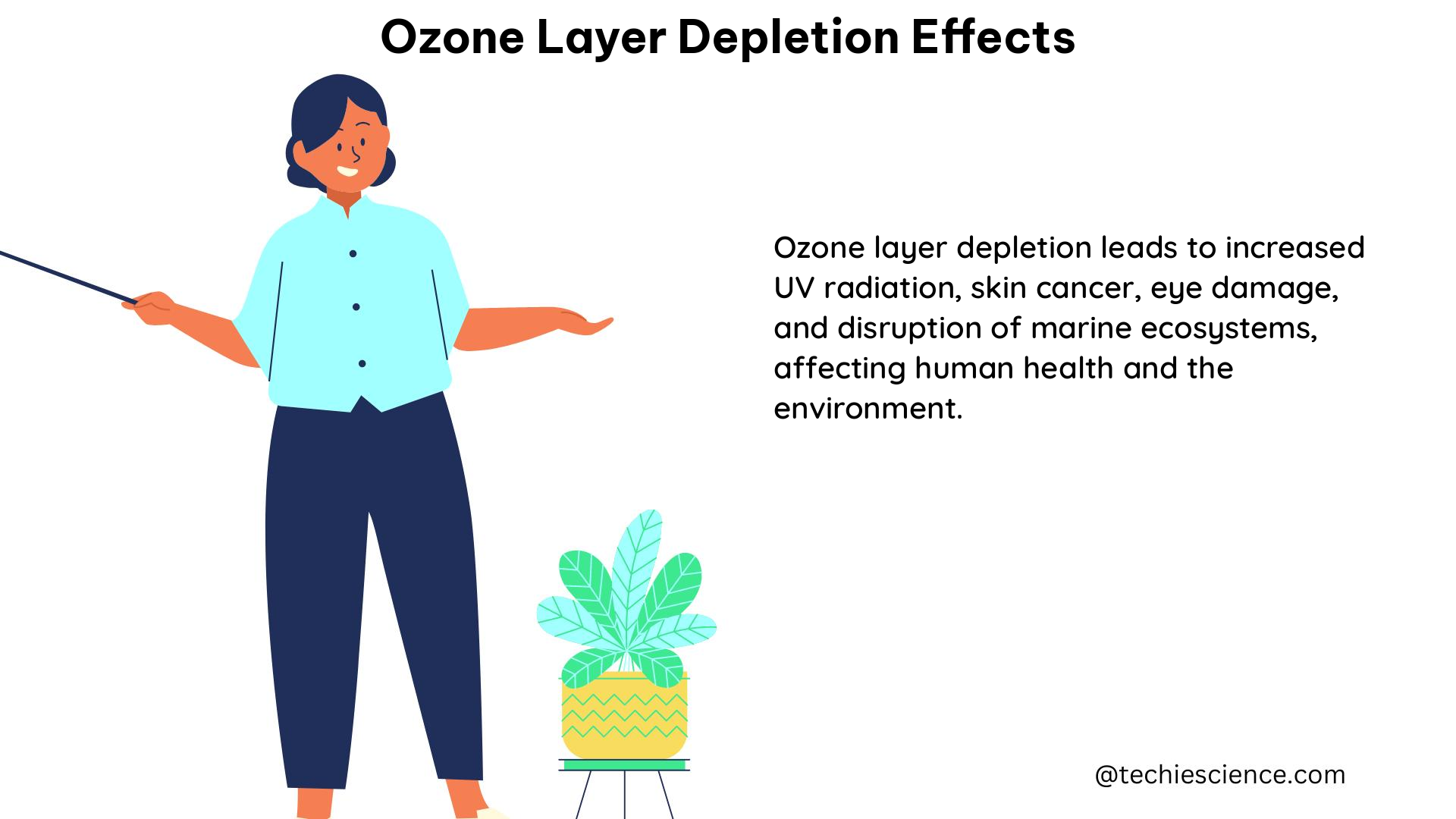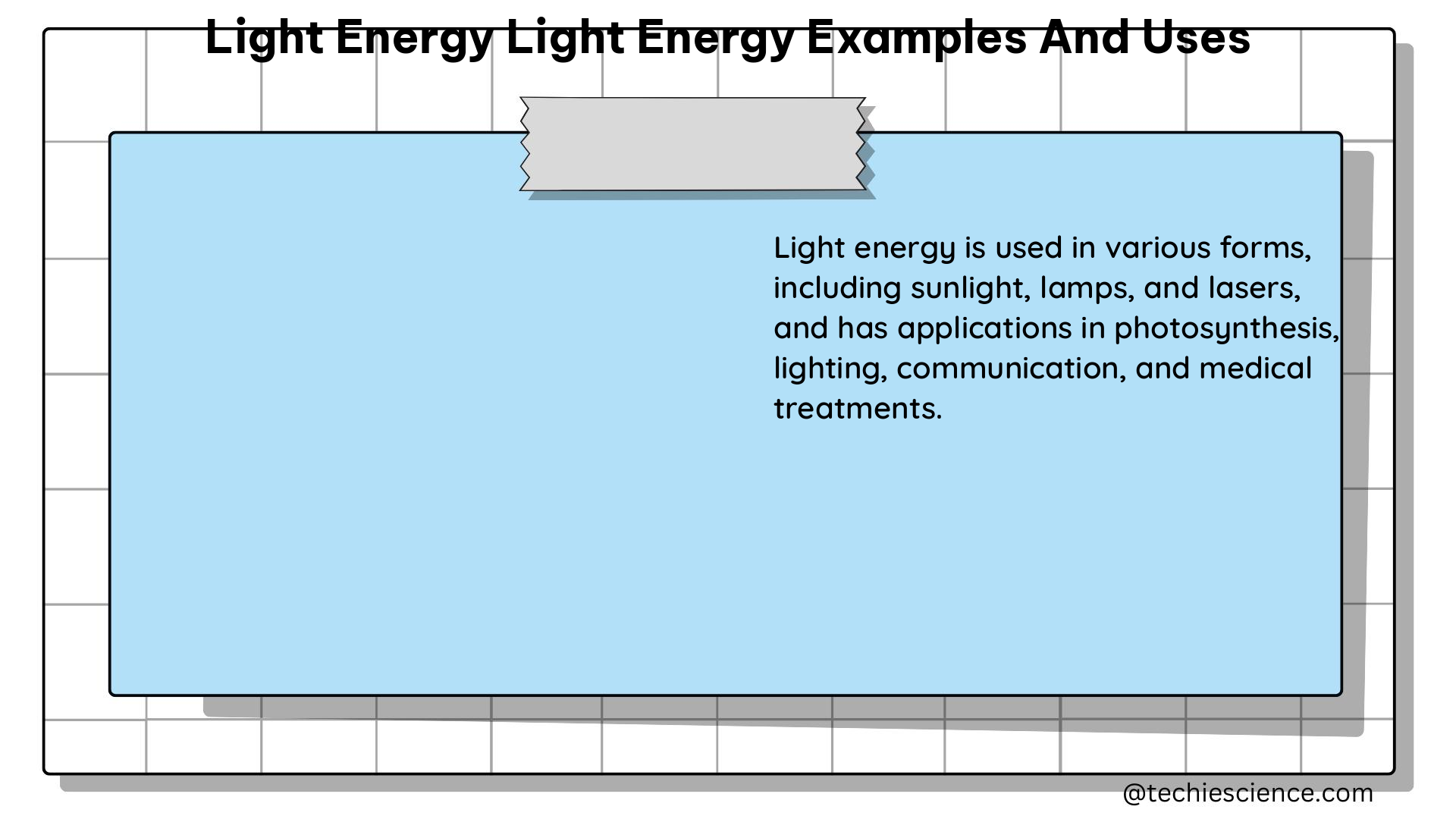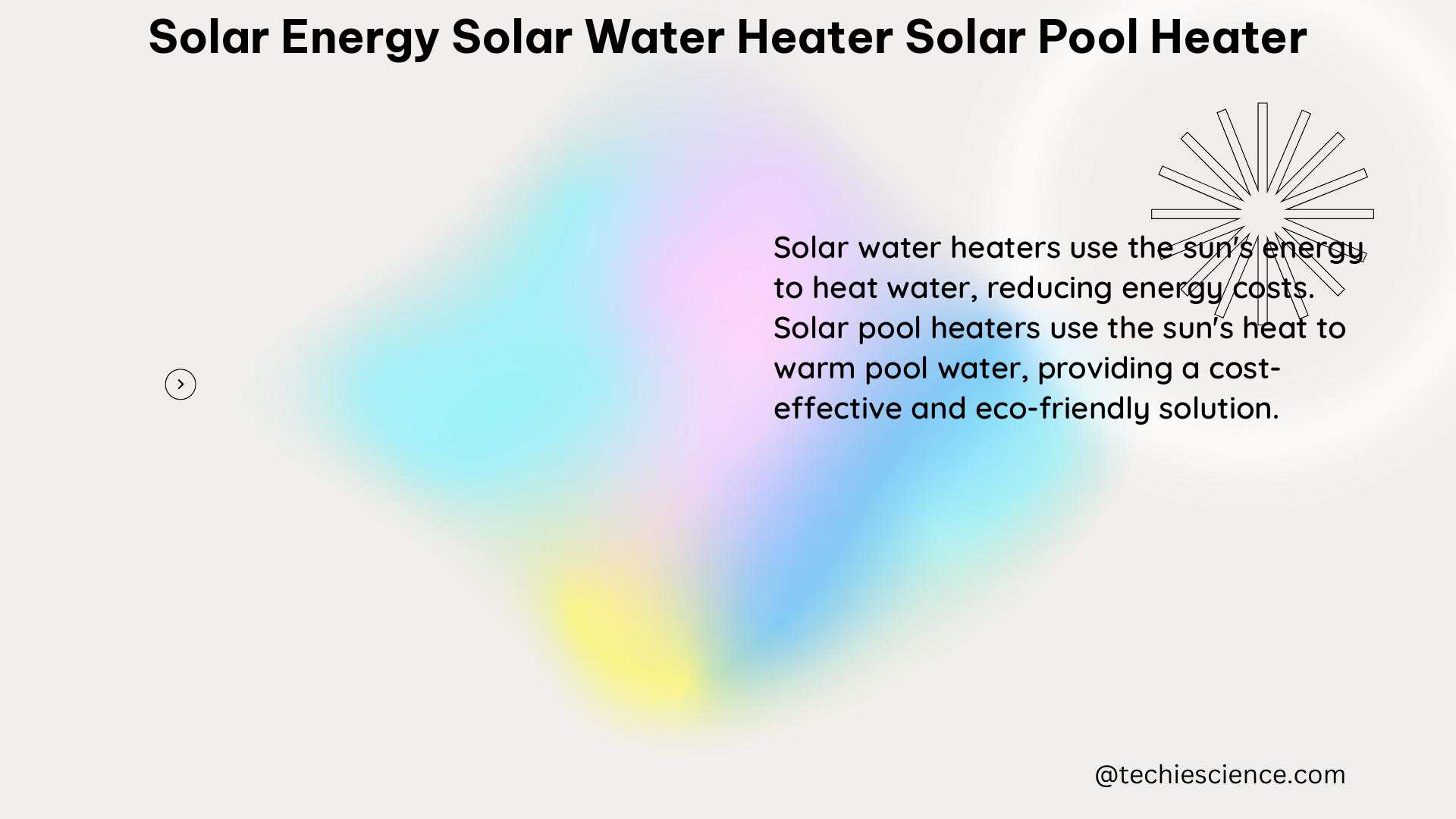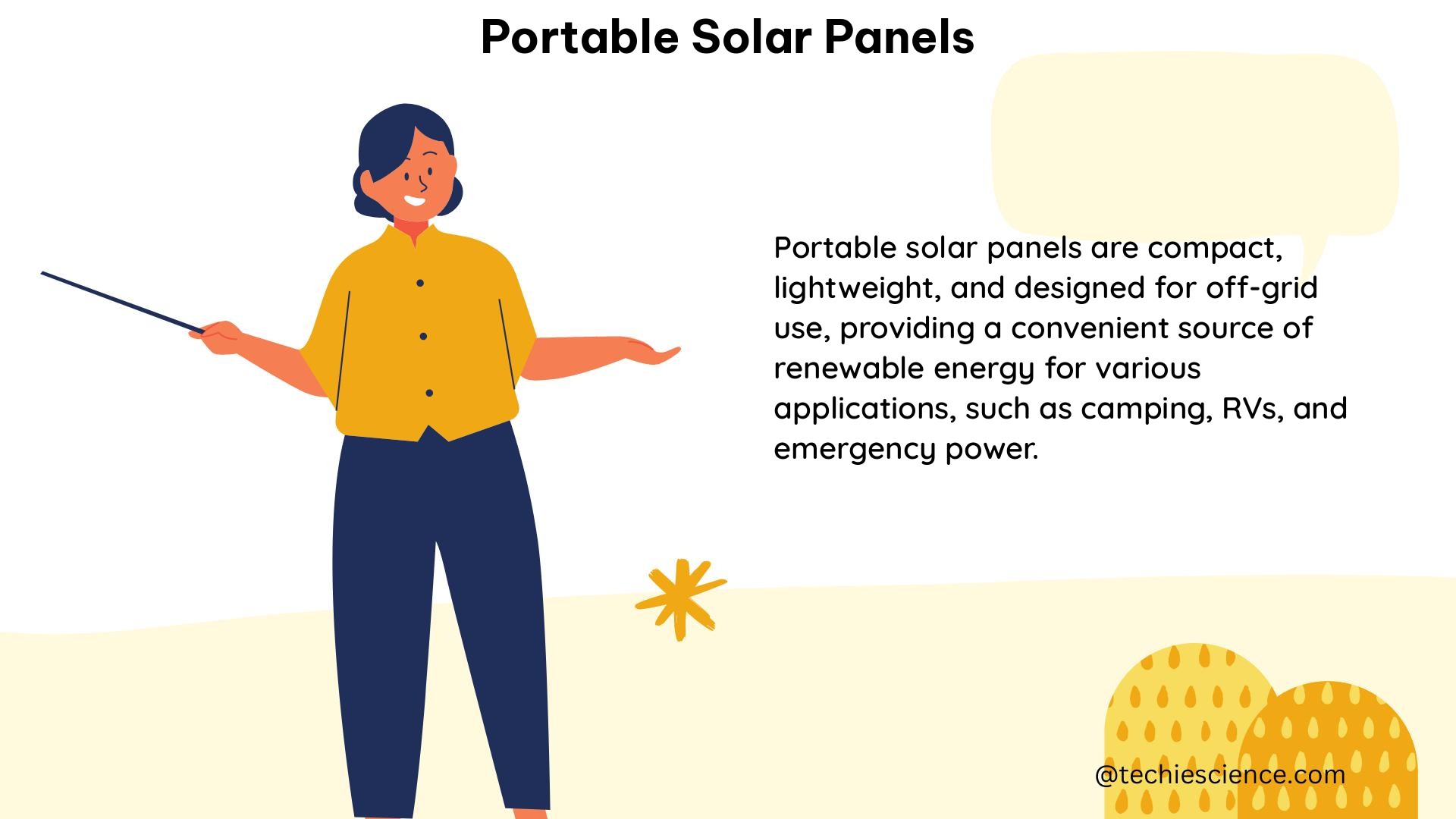Thermal power stations that utilize coal as the primary fuel source are a significant contributor to global electricity generation. These power plants operate by burning coal to heat water, producing steam that drives turbines and generates electricity. The efficiency of these power plants is typically measured by their heat rate, which is the ratio of the amount of heat input to the amount of electricity output. The average, annual operating heat rate of U.S. coal-fired power plants is approximately 10,400 Btu/kWh.
Improving Efficiency through Turbine and Boiler Modifications
One way to enhance the efficiency of coal power plants is through major steam turbine modifications. This can involve the replacement of critical components such as rotors, blades, nozzles, seals, and inner and outer casings. These modifications can lead to improved turbine performance, reduced energy losses, and increased overall efficiency.
Additionally, major boiler modifications can also contribute to efficiency improvements. Optimizing the coal transport, conveying, and grinding processes can enhance boiler performance during various load changes, improving overall efficiency and reducing detrimental conditions of stress on the plant.
The heat rate of a facility is typically based on full-load operation with no boiler blowdown. However, most reported heat rates of operating facilities include performance during off-peak loads and include boiler blowdown. As a result, the reported heat rates are usually significantly higher than the design heat rate.
Quantifying CO2 Emissions from Coal Power Plants
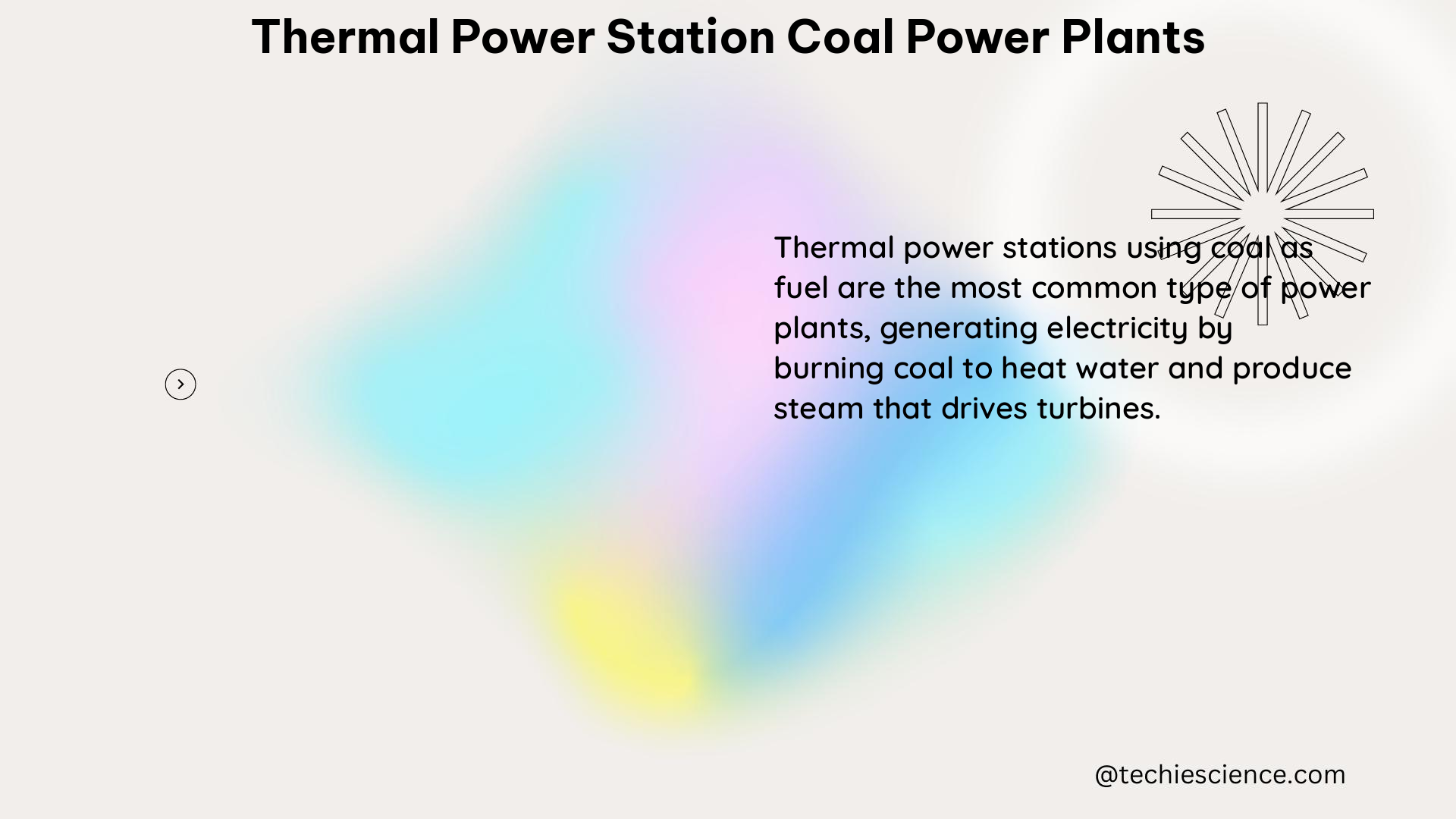
Coal power plants are a significant source of CO2 emissions, which is a major concern for their environmental impact. Accurately quantifying and verifying CO2 emissions from these power plants is crucial for understanding their environmental footprint and developing strategies to reduce emissions.
One method for quantifying CO2 emissions from coal power plants is the use of portable Fourier transform infrared (FTIR) spectrometers. These instruments can be used to measure CO2 column concentrations in the atmosphere, providing a means to quantify emissions from individual power plants.
Technical Details and Specifications
Turbine Modifications
- Rotor replacement: Replacing the turbine rotor can improve efficiency by reducing blade tip clearances, minimizing leakage, and enhancing aerodynamic performance. This can lead to a heat rate improvement of up to 1.5%.
- Blade replacement: Upgrading the turbine blades with more efficient designs can improve the overall turbine efficiency, resulting in a heat rate reduction of approximately 1%.
- Nozzle modifications: Optimizing the nozzle geometry and flow path can enhance the steam expansion process, leading to a heat rate improvement of up to 0.5%.
- Seal upgrades: Improving the sealing of the turbine casing can reduce air and steam leakage, resulting in a heat rate reduction of around 0.5%.
- Casing modifications: Upgrading the inner and outer turbine casings can minimize heat losses and improve the overall turbine efficiency, contributing to a heat rate improvement of up to 0.5%.
Boiler Modifications
- Coal transport optimization: Enhancing the coal transport, conveying, and grinding processes can improve the coal particle size distribution, leading to better combustion efficiency and a heat rate reduction of approximately 1%.
- Combustion optimization: Optimizing the combustion process, including air-fuel ratio, burner configuration, and flame stability, can improve boiler efficiency and reduce heat rate by up to 1%.
- Soot blowing optimization: Improving the soot blowing system can reduce fouling and slag buildup on the boiler heat transfer surfaces, resulting in a heat rate improvement of around 0.5%.
- Feedwater heater upgrades: Upgrading the feedwater heaters can increase the temperature of the feedwater entering the boiler, leading to a heat rate reduction of up to 0.5%.
CO2 Emission Quantification
- FTIR spectrometer measurement: Portable FTIR spectrometers can measure the CO2 column concentration in the atmosphere with an accuracy of ±2% and a precision of ±0.5%.
- Emission calculation: The measured CO2 column concentration can be used to calculate the total CO2 emissions from the power plant using the following equation:
CO2 Emissions (tonnes/hr) = CO2 Column Concentration (ppm) × Atmospheric Pressure (kPa) × Effective Plume Height (m) × 44.01 / (8.314 × 273.15)
Where:
– CO2 Column Concentration: Measured by the FTIR spectrometer
– Atmospheric Pressure: Obtained from local weather data
– Effective Plume Height: Determined based on the power plant’s stack height and atmospheric conditions
Performance Data
- Average annual operating heat rate of U.S. coal-fired power plants: 10,400 Btu/kWh
- Potential heat rate improvements from turbine modifications:
- Rotor replacement: Up to 1.5%
- Blade replacement: Approximately 1%
- Nozzle modifications: Up to 0.5%
- Seal upgrades: Around 0.5%
- Casing modifications: Up to 0.5%
- Potential heat rate improvements from boiler modifications:
- Coal transport optimization: Approximately 1%
- Combustion optimization: Up to 1%
- Soot blowing optimization: Around 0.5%
- Feedwater heater upgrades: Up to 0.5%
- FTIR spectrometer measurement accuracy: ±2%
- FTIR spectrometer measurement precision: ±0.5%
By implementing a combination of these turbine and boiler modifications, coal power plants can significantly improve their overall efficiency and reduce their environmental impact. Additionally, the use of portable FTIR spectrometers provides a reliable method for quantifying and verifying the CO2 emissions from these power plants, enabling the development of effective strategies to mitigate their carbon footprint.
